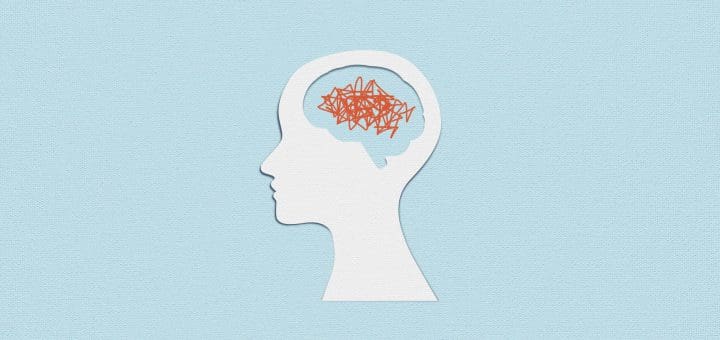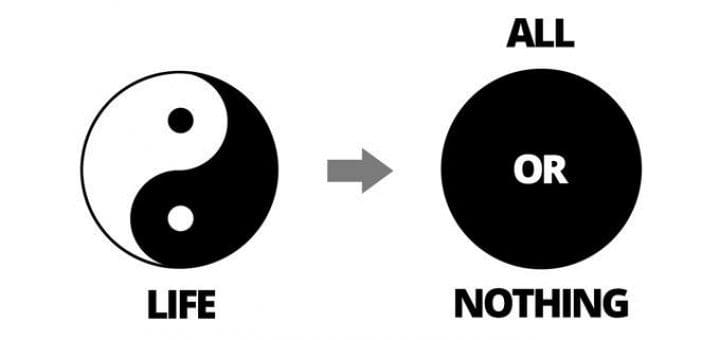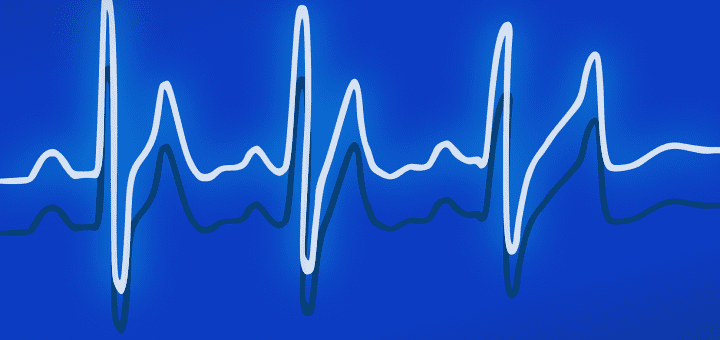Tagged: recognizing symptoms
Cognitive distortions are negative thought patterns that often lead to feelings of anxiety and depression. Distortions are typically conclusions that we jump to without considering all of the available evidence. They can be irrational...
Cognitive distortions are negative thought patterns that often lead to feelings of anxiety and depression. Distortions are typically conclusions that we jump to without considering all of the available evidence. They can be irrational...
Most people know the phrase “fight or flight response”. I never knew there were other reactions tied to how people handle situations. Two others that I have recently come to understand are fawn and...
A technique that I have been trying to implement in order to have more control over my thoughts in times when I am anxiously overthinking is to identify what those common thoughts are. Many...
Some of the more common symptoms associated with depression include fatigue, a loss of interest in things one usually enjoys, and hopelessness. Anxiety symptoms are usually thought to be restlessness, nervousness, and a rapid heart rate. Another symptom that can come with both, however, is anger.
Recently I sensed a change in my mood. My thoughts have been racing, I have been feeling more and more fatigued and just overall worried and anxious.
There’s no start date when it comes to mental illness. While depression is often considered to start in adulthood, the truth of the matter is that it can occur at any age. Half of people who experience mental health conditions do so before they’re 14, with 75% doing so before they’re 24.
Recently, I have been having fewer and fewer panic attacks. While my anxiety is situational, my situation has not drastically improved in the last few weeks, I’ve just been learning how to prevent the panic attacks better.
Looking back at myself now to when I was younger, I can very clearly see signs and symptoms of anxiety, that was not just normal growing up.
The blog post includes mentions of eating disorders and self-harm. Please read with caution if any of these items triggers or upsets you.










Recent Comments